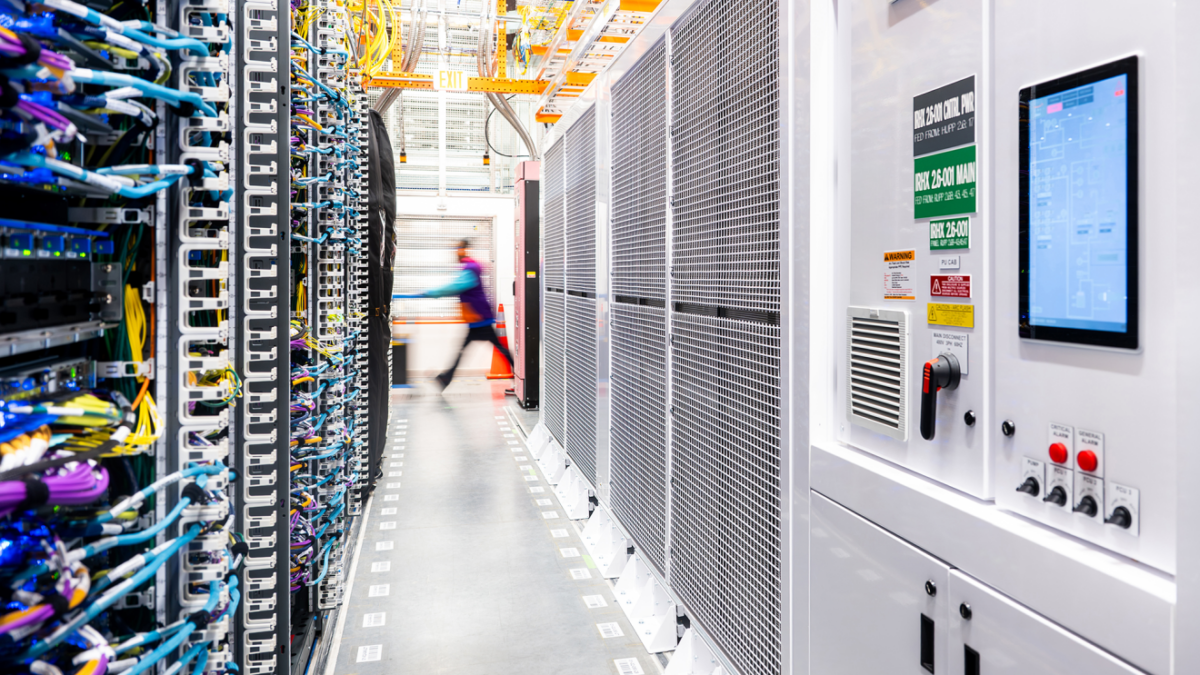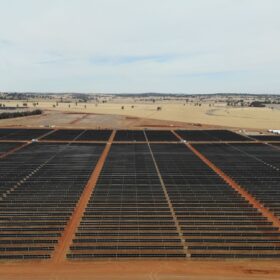Last week, the AFR Energy and Climate Summit covered familiar territory.
- Data centres will consume 12% of all power by 2040
- Energy demand could scale 100x with artificial intelligence (AI)
- The industry needs policy certainty
- Regulation cannot be a handbrake
All true. All important. And yet, we’re still not having the conversation that actually matters: how do we connect these facilities to the network without repeating the same mistakes we’ve made throughout the energy transition’s last fifteen years?
Here we go again
Right now, developers are hunting for appropriate data centre sites, but have difficulty securing critical information to inform their placement.
Namely, where network capacity actually exists and whether it is sufficient to power such large-scale operations. If not, how much would the most efficient augmentation cost?
Data silos and lengthy, manual processes are keeping developers in the dark. Sovereign AI capability is delayed, while networks are forced to resource and respond to an increasing pile of application enquiries.
This leaves developers forced to make a decision, bypassing distribution networks entirely to connect at the transmission levels. Centres are moving from urban cores to rural fringes, moving sites to power rather than bringing the power to the site.
Transmission networks. Rural landowners. New connections. Does this sound familiar? We’re watching the energy transition playbook on repeat.
The grid stabiliser conversation we’re having is backwards
The Summit spent considerable time discussing how data centres could become active, flexible participants in the energy market.
Craig Scroggie discussed standalone island mode operations — how data centres can run independently with backup generation, serving critical infrastructure like hospitals and air traffic control.
It’s an exciting prospect. Data centres as grid stabilisers rather than just grid consumers.
The issue is that we’re discussing sophisticated grid participation models while simultaneously making it difficult for developers to identify and networks to surface the existing capacity required for connection.
How exactly can developers and hyperscalers become responsible and sustainable grid participants if they cannot access crucial information on network capacity and availability?
Certainty of power is the key criterion for determining an appropriate data centre site. Right now, that relies on slow manual processes with developers making individual enquiries with each network operator. These processes don’t build in sustainability criteria and can’t provide the rapid answers the industry needs.
While the Summit explored participation models, the foundational solution – digital network visibility – was missing.
For example, Neara’s digital modelling has revealed 10 GW of untapped capacity sitting within New South Wales’ existing electricity network. This total exceeds the output of the Central West Orana REZ and HumeLink combined.
Not only is this capacity available, but it can be accessed without significant financial investment. This isn’t theoretical future capacity. This is existing infrastructure with latent availability that could be unlocked today.
Physics-based digital twin technology can map where this latent capacity lives and what constraints prevent its use. Combined with publicly available geodatasets for zoning, heritage overlays, and environmental restrictions, you get a prioritised map of viable sites across the country.
For data centre developers, this isn’t a strategy. It’s a treasure map. For the networks, senior engineers can spend more time increasing the resilience of their networks and less time reviewing and responding to connection applications.
The approach nobody’s coordinating
Every jurisdiction dealing with explosive data centre growth has learnt or is in the process of learning the same lesson: building blindly, in the absence of a coordinated energy ecosystem, is expensive. We can skip that part.
What’s needed isn’t complicated. It’s coordination around existing information. Network operators know where capacity lies dormant in their networks. Developers know what sites they need. Regulators know what approvals make sense. But these conversations happen in isolation, causing each player to default to the path of least resistance, new, expensive transmission builds, which continue to fall further behind schedule.
Using existing digital models to streamline approvals can achieve both certainty of power and sustainability criteria on a much faster timeframe. Digital network intelligence changes this equation.
Technology can integrate network data into a single view, surfacing precisely where grid capacity lives, what’s preventing its use, and what modest interventions can and should be deployed to unlock it. Not theoretical modelling, actual, deployable solutions working in networks today.
When capacity information becomes accessible, the strategy shifts completely. Instead of pushing data centres to wherever transmission can reach, we can place them strategically where distribution capacity already exists. Smaller facilities are distributed across the NEM, absorbing available pockets of capacity. Lower costs. Faster timelines. Less community friction.
The infrastructure exists. The technology to unlock it exists. Whether we deploy them together before committing to another decade of expensive transmission builds? That’s the conversation the Summit should be having instead of the same conversation we had last year.
Author: Neara Vice President Commercial Tom Gooch
The views and opinions expressed in this article are the author’s own, and do not necessarily reflect those held by pv magazine.
This content is protected by copyright and may not be reused. If you want to cooperate with us and would like to reuse some of our content, please contact: editors@pv-magazine.com.








By submitting this form you agree to pv magazine using your data for the purposes of publishing your comment.
Your personal data will only be disclosed or otherwise transmitted to third parties for the purposes of spam filtering or if this is necessary for technical maintenance of the website. Any other transfer to third parties will not take place unless this is justified on the basis of applicable data protection regulations or if pv magazine is legally obliged to do so.
You may revoke this consent at any time with effect for the future, in which case your personal data will be deleted immediately. Otherwise, your data will be deleted if pv magazine has processed your request or the purpose of data storage is fulfilled.
Further information on data privacy can be found in our Data Protection Policy.